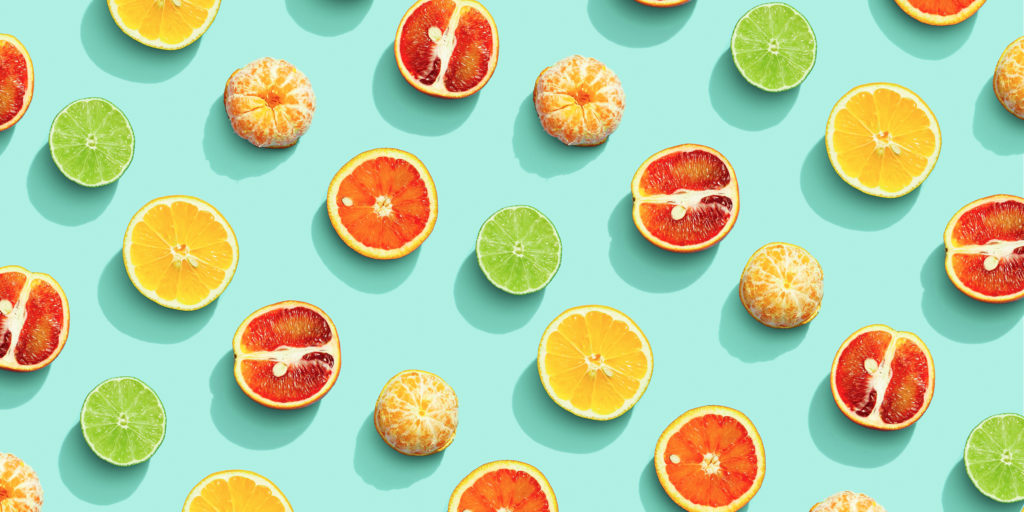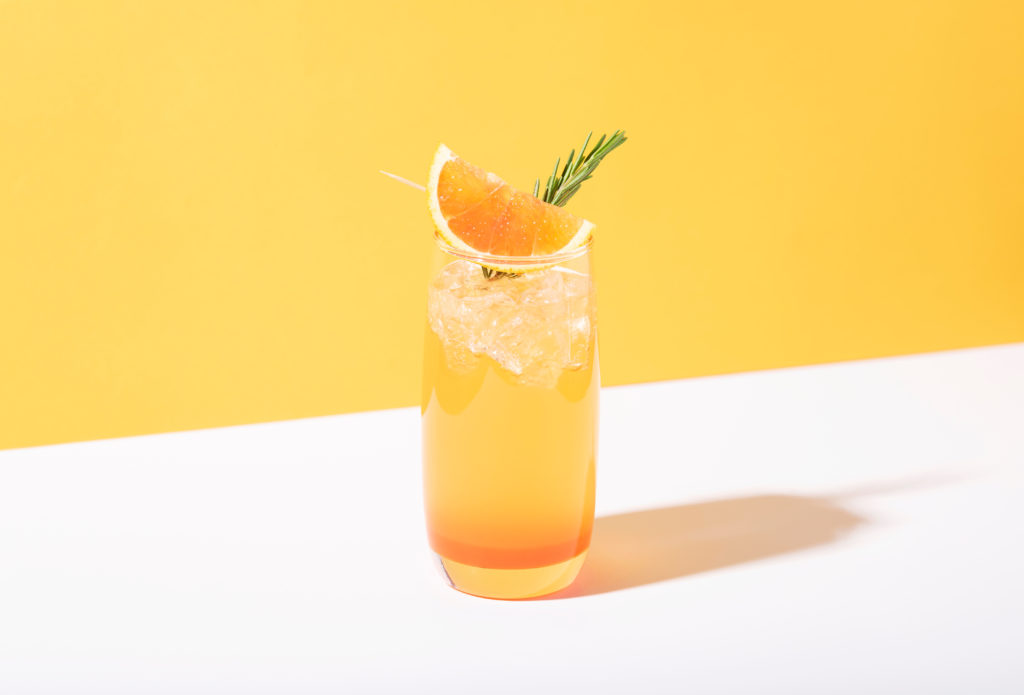How Sensory Experiences Drive Food and Beverage Choices
Introduction
In a saturated market, standing out is everything. For food and beverage brands, bright, bold, and standout appeal isn’t just a design choice, it’s strategic. Consumers are no longer simply purchasing to satisfy hunger or thirst, they're buying into experiences, emotional connections, and moments of indulgence. With budgets under pressure, products must deliver value through impact, whether through flavor, texture, appearance, or storytelling.

Experience: Consumers Want More Than Just Taste
87% of global consumers consider flavor to be influential when deciding which food or beverage product to choose (FMCG Gurus, 2025).
In 2025, indulgence is evolving. It’s no longer just about satisfying a craving, it’s about creating a memorable, multi-sensory experience. Consumers are focused on value, looking for products that maximize both enjoyment and cost. This means delivering more than taste alone. Scent, texture, and even the feel of a product matter more than ever. Brands can elevate perceived value by highlighting the care and craftsmanship behind each product, using storytelling to emphasize authenticity. Products that communicate purpose and creativity resonate strongly with consumers seeking both indulgence and identity in their food and drink choices.
Flavor as a Form of Self-Expression: The Rise of Experimentation
42% of global consumers enjoy experimental flavors when choosing snacks (FMCG Gurus, 2023).
Today’s consumers are seeking novelty and distinctiveness. With endless options on shelves, products that embrace bold, unexpected, or unconventional flavors are more likely to catch the eye. For many, flavor exploration is about personal expression: choosing a snack with a unique profile or heat level becomes a way to show sophistication or a sense of adventure. By offering experimental or limited-edition varieties, brands can capture consumer curiosity.
Breaking the Mold: How Brands Can Shift Perceptions and Influence Spend
Flavor has the power to challenge expectations and reframe how consumers perceive an entire category. By introducing flavors that aren’t traditionally associated with a specific product type or brand, companies can create surprise and generate emotional engagement. This disruption reduces price sensitivity, as consumers place higher value on the novelty and creativity of the product. Gen Z and Millennials, in particular, gravitate toward these bold innovations, especially when they’re Instagram-worthy or part of a limited-edition release. For these groups, the weirder and more unexpected, the better.

Beyond Taste: Texture and Visual Appeal Elevate the Sensory Experience
37% of global consumers enjoy unusual textures because they like to challenge their taste perceptions (FMCG Gurus, 2025).
Excitement doesn’t stop at flavor. Texture and appearance are equally important in creating multi-sensory experiences that consumers remember, and are willing to pay for. Unique textures can add fun, surprise, and personal expression to food and beverage moments, helping products stand out in an increasingly competitive landscape. When these elements are combined with experimental flavors and visuals, they deliver a holistic experience that consumers value. Products that engage multiple senses allow brands to position themselves as premium and exciting, even in everyday categories.


